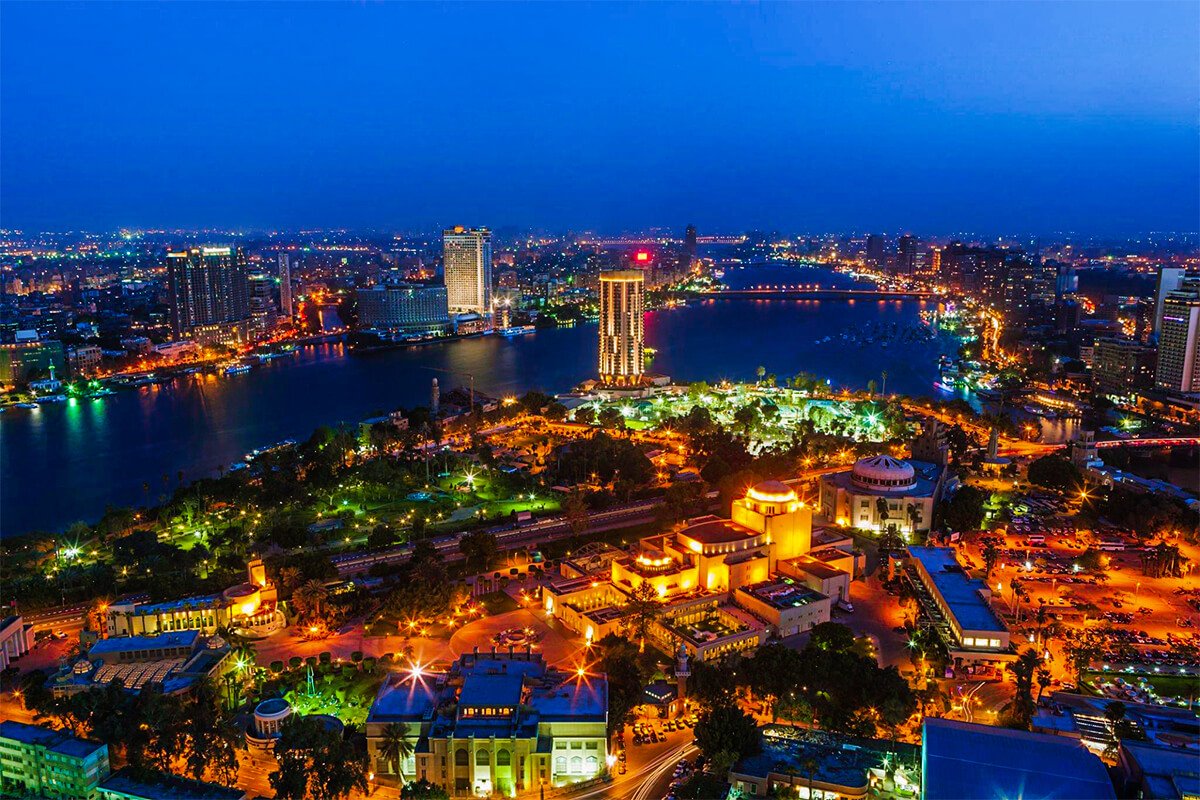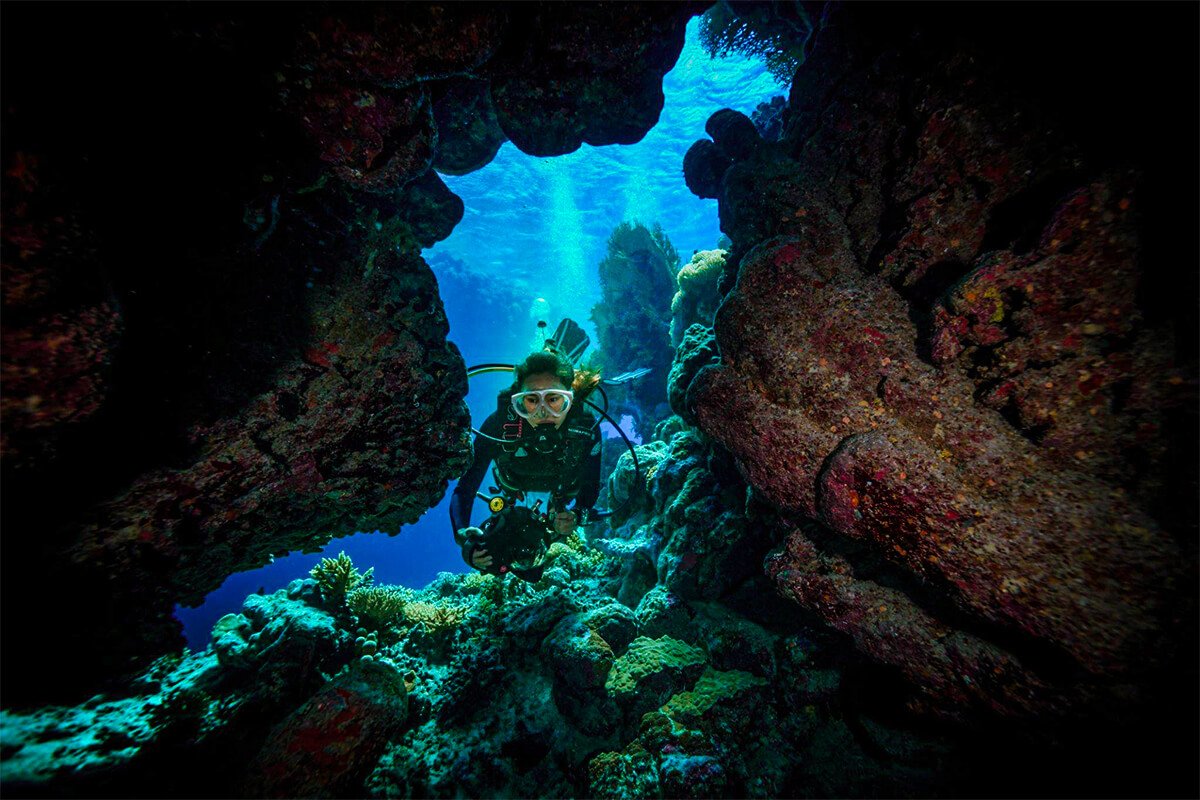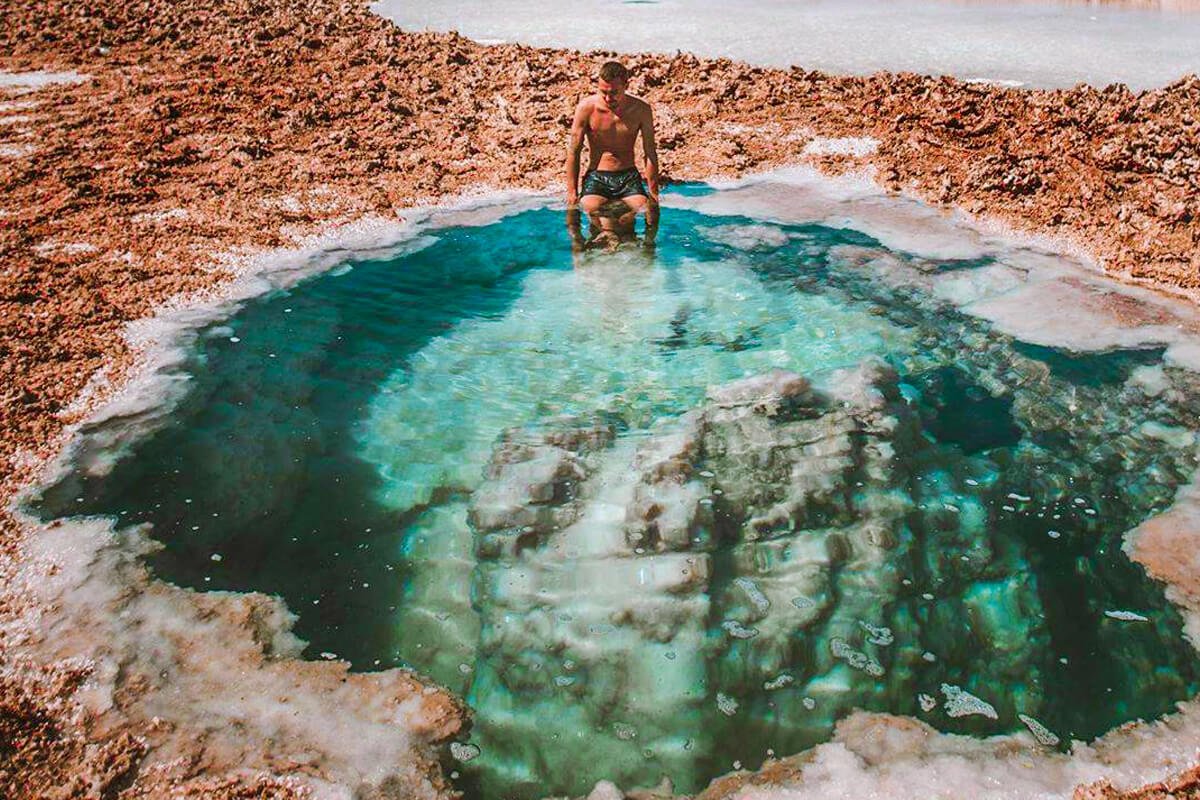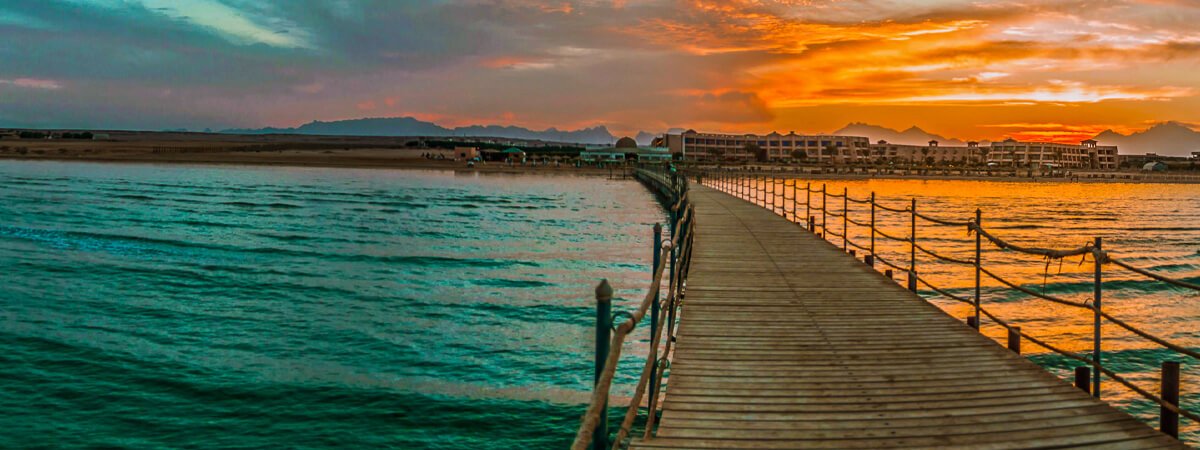Climate of Egypt: Exploring the Land of Sun and Sand
Climate of Egypt, known for its ancient wonders and historical treasures, is a country that showcases a diverse range of climates across its vast expanse. Egypt’s geographical location and distinctive topography impact its climate, which ranges from the arid deserts to the Mediterranean coastline. In this comprehensive guide, we will delve into the various aspects of the environment in Egypt, including temperature fluctuations, rainfall patterns, and the impact of geographical features. Join us on this journey as we explore the weather conditions that have shaped Egypt’s landscape and history.
Discover Egypt’s ancient Wonders! Book your Egypt Vacation Packages Now!
Understanding Egypt’s Geography
Location and Borders
Egypt, located in the northeastern corner of Africa, has a rich and diverse geography. The Red Sea, which is a key component of Egypt’s geographical identity, shares its eastern border with the Mediterranean Sea to the north.
To the west, Egypt shares its border with Libya, while to the south, it shares boundaries with Sudan. These borders have been fairly stable over the years, shaping Egypt’s interactions with its neighbors and influencing its history.
Key Geographic Features
Egypt’s geography is marked by a stark duality, primarily divided into two distinct regions: the Nile Valley and the Eastern and Western Deserts. The Nile River, a life-giving force, flows through the heart of Egypt, creating a narrow strip of fertile land along its banks. This lush, green valley stands in stark contrast to the vast deserts that surround it.
The Eastern Desert, which borders the Red Sea, is characterized by its arid landscapes and rugged mountain ranges. In contrast, the Western Desert stretches toward Libya and consists of vast dunes and rocky plateaus. These geographic features significantly impact the lives and livelihoods of the people of Egypt.
Influence on Egypt’s Climate
Egypt’s distinctive geography has a significant impact on its climate. The Mediterranean coast experiences an environment characterized by mild, wet winters and hot, dry summers. Moving inland, the weather becomes increasingly arid due to the encroachment of desert regions.
With its fertile soil, the Nile Valley is a critical factor for agriculture, providing a lifeline for the nation. On the other hand, the desert regions experience extreme temperature variations, with scorching hot days and cool nights. Overall, Egypt’s geography has led to a vital climate in shaping the nation’s agriculture, culture, and daily life.

Seasons in Egypt
Spring
Spring is a delightful season in Egypt, with mild and pleasant weather. As the winter chill recedes, temperatures rise, making it the perfect time to explore the country’s many attractions. During spring, you can expect daytime temperatures ranging from 20°C to 30°C (68°F to 86°F), with cooler evenings.
It’s advisable to pack layers, as the weather can be somewhat unpredictable. Springtime in Egypt is ideal for sightseeing, with fewer crowds than the peak tourist season. You can explore the ancient wonders of Cairo, take a leisurely cruise along the Nile, or go hiking in the stunning Sinai Peninsula.
Summer
Egypt’s summer, which spans from June to August, is characterized by sweltering heat. Daytime temperatures often soar well above 35°C (95°F) and can sometimes reach over 40°C (104°F). Staying hydrated and protecting yourself from the scorching sun during this season is essential.
While the heat might deter some, the Red Sea coast has become a popular destination for those seeking a beach vacation. Water activities like snorkeling and diving are excellent choices during the summer months. Additionally, this is a great time to experience desert adventures like sandboarding or camping in the Western Desert, as the clear night skies offer fantastic stargazing opportunities.
Autumn
Autumn is a favored season for travelers in Egypt, offering pleasant weather as the scorching summer temperatures begin to wane. From September to November, the mercury hovers between 25°C and 35°C (77°F to 95°F), making outdoor activities enjoyable.
This is an ideal time for cultural exploration, as the weather allows for comfortable visits to archaeological sites and ancient temples. You can embark on a felucca cruise on the Nile, explore the historical treasures of Luxor and Aswan, or immerse yourself in the bustling bazaars of Cairo. Autumn’s moderate climate ensures you can make the most of your Egyptian adventures.
Winter
Egypt’s winter, spanning from December to February, is characterized by mild and comfortable temperatures. During this time, you can expect daytime temperatures ranging from 15°C to 25°C (59°F to 77°F), with cooler evenings. Winter is a fantastic time to visit Egypt if you prefer milder weather and smaller crowds at popular tourist sites.
This season is perfect for exploring the awe-inspiring pyramids of Giza, wandering through the ancient city of Luxor, or taking a relaxing Nile cruise. Egypt’s coastal cities, like Alexandria, will also be more enjoyable as the weather remains pleasant. Winter in Egypt is all about cultural exploration and embracing this remarkable country’s rich history and heritage.
Don’t miss checking out our article:
- Explore Egypt Travel Tips to make the most of your trip.
- Discover the Best Time to Travel to Egypt and book your journey.
Egypt’s Coastal Regions

Mediterranean Coast
The Mediterranean Coast of Egypt offers a refreshing coastal experience. The climate in this region is Mediterranean, characterized by mild, wet winters and hot, dry summers. The best time to visit is spring and autumn, as the weather is pleasantly warm and the crowds are relatively thinner than in the peak summer season.
The Mediterranean Coast boasts beautiful sandy beaches and clear blue waters, making it an ideal destination for beach lovers. Visitors can bask in the sun, stroll along the shoreline, and enjoy various water activities, such as swimming and beach sports. The relaxed ambiance and proximity to historical sites like Alexandria offer a perfect blend of relaxation and cultural exploration.
Red Sea Coast
Egypt’s Red Sea Coast is renowned for its world-class diving and water sports opportunities. The climate in this region is desert-like, ensuring hot and sunny conditions year-round. However, the best times to visit are during the milder months of late autumn, winter, and early spring. The Red Sea is a haven for water sports enthusiasts and divers. The warm, crystal-clear waters teem with vibrant marine life, and the underwater landscapes mesmerize.
Snorkeling, scuba diving, and windsurfing are popular along this coast. The resort towns of Sharm El Sheikh and Hurghada offer numerous diving centers and water sports facilities, making it an adventurer’s paradise. Whether you’re a seasoned diver or a beginner, the Red Sea Coast provides an unforgettable aquatic experience.
Join us for adventure and discovery on our Egypt Day Tours.
The Nile River Valley
Climate Along the Nile
The Nile River Valley, often called Egypt’s lifeline, boasts a unique climate that greatly influences the country’s way of life. It would be accurate to describe the weather in this area as desert-like, with high temperatures and little rain. During the scorching summer, temperatures can soar well above 40°C (104°F).
The annual flooding of the Nile, which brings fertile silt and aids in maintaining the agricultural productivity of the valley, however, helps to temper this heat. Winters are milder, with daytime temperatures ranging from 15°C to 25°C (59°F to 77°F), offering a more pleasant climate for outdoor activities. The Nile’s unique atmosphere is central to Egypt’s agriculture, providing the basis for its rich history and civilization.
Nile Cruises and Cultural Experiences
Nile cruises are a quintessential way to experience the Nile River Valley’s rich cultural heritage and scenic beauty. These cruises offer a unique blend of relaxation and cultural exploration. As you gently sail along the Nile, you can admire the stunning landscapes and historic landmarks that line its banks. Stops at ancient temples and cities along the way allow you to immerse yourself in Egypt’s history and culture.
Many cruises offer guided tours, ensuring you get a deeper understanding of the fascinating stories behind the monuments. You can also enjoy traditional Egyptian cuisine and entertainment on board, providing a truly immersive experience. A Nile cruise is an exceptional way to witness the dynamic interplay of history, civilization, and nature that has thrived along the river for millennia.
The Desert Regions

Sahara Desert
The Sahara Desert, the world’s largest hot desert, occupies a significant portion of Egypt’s territory. It’s important to note that the climate in the Sahara is characterized by extreme conditions, with blistering hot days often exceeding 50°C (122°F) and cold nights that can drop well below freezing. This is a land of stark contrasts, where the relentless sun meets the vast, unforgiving sands.
The Sahara offers a range of thrilling desert activities for those seeking adventure. From exhilarating dune bashing and sandboarding to serene camel treks across the golden dunes, there are endless opportunities to experience the desert’s raw beauty. The Sahara’s enchanting silence and endless horizons create a profound connection to the natural world, making it an exceptional destination for those looking to escape the hustle and bustle of city life.
Western Desert
Egypt’s Western Desert, the Libyan Desert, has unparalleled natural beauty and historical significance. What sets this desert apart are its unique landscapes. The Western Desert features vast dunes that stretch as far as the eye can see, rocky plateaus, and deep canyons. It’s a haven for geology enthusiasts and photographers. Nestled amidst the arid expanses are ancient oases that serve as important waypoints for travelers.
These oases, such as Siwa, Bahariya, and Farafra, starkly contrast the surrounding desert with lush palm groves and freshwater springs. These oases have been inhabited for thousands of years and offer insight into the traditional way of life in the desert. Travelers can explore the oases, relax in natural hot springs, and engage with the local communities to better understand the area’s rich history and culture.
Asked Questions about Climate of Egypt
What is the best time to visit Egypt, considering its climate?
The best time to visit Egypt is during the winter months, from November to February. The temperatures are milder, and the weather is more pleasant for outdoor activities and sightseeing.
Is Egypt always hot and dry?
Egypt has a predominantly hot and dry climate, especially in the desert regions—however, the coastal areas and the Nile Valley experience milder temperatures and some rainfall.
Are there any unique weather phenomena in Egypt?
Yes, Egypt is known for the “khamsin,” a hot, dry wind that blows across the country. The khamsin typically occurs in the spring and can cause sandstorms and high temperatures.
Can I visit Egypt during the summer months?
While it is possible to visit Egypt during the summer, be prepared for extremely high temperatures, particularly in the desert areas. Staying hydrated and taking necessary precautions to avoid heat-related illnesses is advisable.
Does Egypt experience any rainfall?
Egypt receives minimal rainfall, particularly in the desert areas. The coastal regions and the Nile Delta receive moderate rain, mainly during winter.
How does the climate of Egypt impact agriculture?
The Nile River and its annual flooding have been vital for agricultural practices in Egypt. The fertile soil along the riverbanks allows for the successful cultivation of wheat, corn, and cotton crops.
Conclusion
The climate of Egypt is as diverse as its rich history and cultural heritage. From the Mediterranean coast to the desert regions, Egypt showcases a range of weather conditions that have shaped its landscapes and influenced its people. Understanding the climate of Egypt is essential for travelers planning to visit the country and those interested in exploring its unique geographical features. Whether captivated by the arid deserts or drawn to the coastal charm, Egypt offers a climate that caters to various preferences. Plan your journey wisely, considering the weather patterns, and immerse yourself in the wonders of this ancient land.



